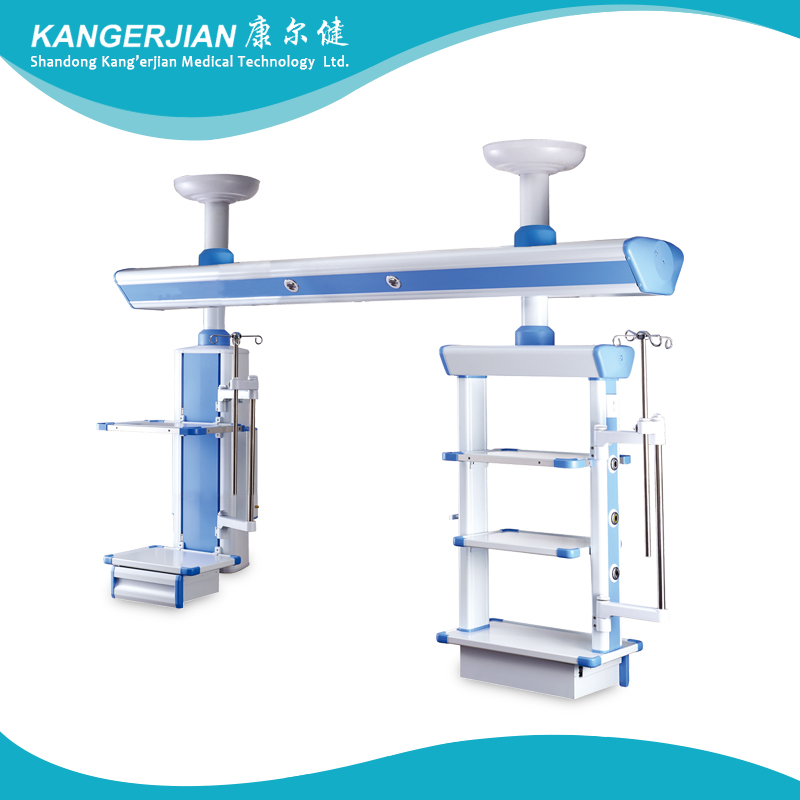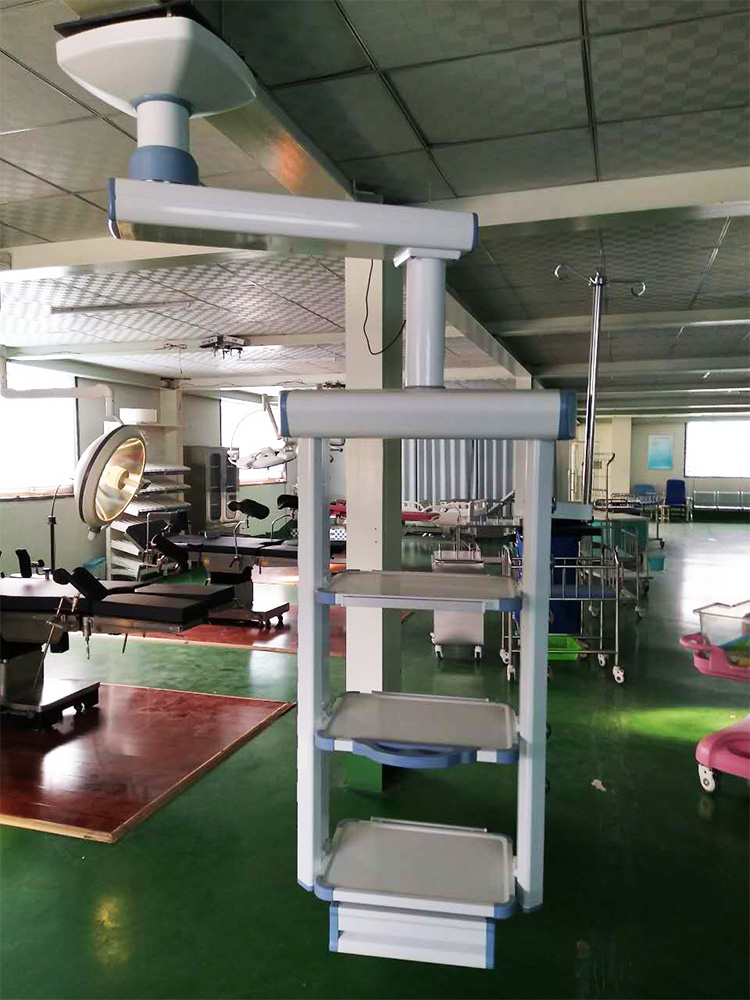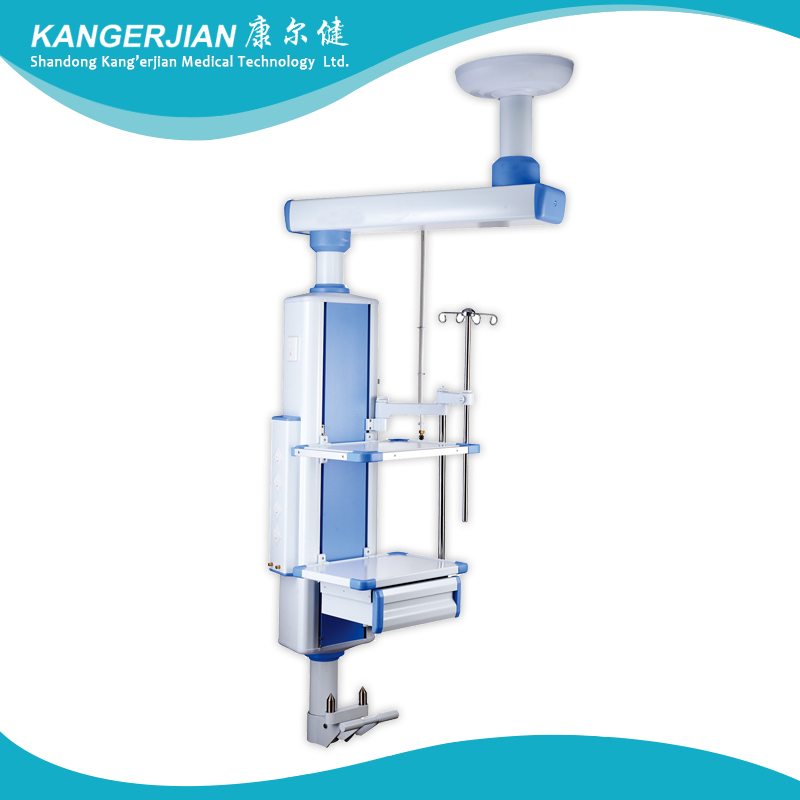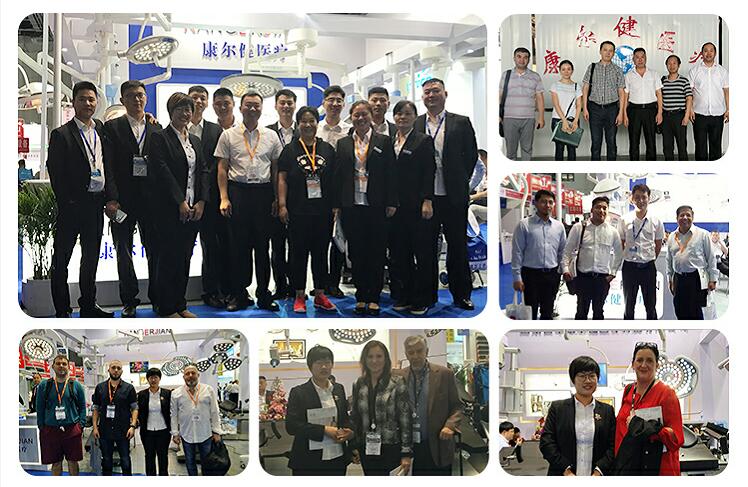In winter and spring, during the cultivation of vegetables, cold weather, frost falling, and frosty weather are often encountered. The growers are not taken lightly or the measures are not effective, often causing large areas of vegetables to suffer freezing injury, which in turn causes greater economic losses. For this reason, the author combines many years of practical experience to introduce some remedies for freezing and freezing of vegetables, hoping to provide help and guidance for everyone. Antifreeze measures 1. Strengthen coverage: In the greenhouse, buckle a small arch shed, use thin bamboo rafts and other arches, covering the film at night, covering the grass in the film; in the shed to cover the film, can increase temperature moisture. The use of plastic film as apron at the bottom of the shed can significantly reduce the cold air intrusion at the bottom; at the same time, attention should be paid to blocking the gaps in various places and minimizing gap heat dissipation. In the north of the greenhouse, straw is used as a windbreak to prevent wind and cold. 2. Temporary warming: When the daytime temperature in the greenhouse is lower than 15°C, and the nighttime temperature is lower than 5°C, cold injury or freezing injury may occur. Temporary warming measures should be taken at night to artificially supplement heat energy. Place several briquettes in the shed to increase the temperature inside the shed. However, attention should be paid to preventing carbon dioxide poisoning. When adding briquettes and removing coal stoves, greenhouses should be ventilated and enter people later. 3. Strengthen the management of fertilizer and water: During the seedling period of vegetables, it is not possible to apply nitrogenous fertilizer to avoid the growth of young plants and poor cold resistance. You can spray 0.2% potassium dihydrogen phosphate solution 2 to 3 times. Before the advent of low temperatures, spreading a layer of turfgrass in vegetable fields can prevent cold and increase frost resistance. Choose warm fertilizers such as cow dung, pig manure and compost during the sunny day in the vegetable rhizosphere. This will increase the soil temperature by 2 to 3°C. Foliar application of fertilizer to shed crops can supplement the plant nutrition and enhance its cold resistance. Foliar spray fertilizer can generally be applied with 0.3% potassium dihydrogen phosphate plus 300 times the white sugar sprayed vegetables (or brown sugar fermentation broth). Proper irrigation can increase heat capacity and prevent ground temperature from falling. At the same time, irrigation can also stabilize the surface temperature of the near-surface, which can play a role in smoothing the temperature of the greenhouse. However, it should be noted that do not apply water during the freezing period. 4. Strengthen disease prevention and control: After the vegetables are frozen, they are vulnerable to pests and diseases. Therefore, it is necessary to spray chlorothalonil and other fungicides in time to prevent and control pests and diseases. Spreading wood ash on vegetables is equal to covering the vegetables, which can play a role in antifreeze and also play a role in preventing diseases. At the same time, a fumigant was placed in the shed to burn, killing bacteria in the shed. 5. Harvest in time to reduce loss of frost damage. Remedy 1. Irrigation and Insulation: Irrigation can increase soil heat capacity, prevent ground temperature from falling, stabilize surface air temperature, and help the temperature rise steadily, so that the frozen tissue can restore its function. Be sure to note that after the cold weather, the weather is indeed warming up, the soil temperature rises to 2 to 3°C, and the soil and vegetables can only be thawed. Otherwise, freezing damage will be aggravated. 2. Shade protection: Set up shade in the shed to prevent it from being exposed to sunlight directly after freezing, so as to avoid water loss and shrinkage and loss of vitality. 3. Ventilation and cooling: After the vegetables in the greenhouse are frozen, they cannot be heated immediately by closing the shed. Only the temperature of the greenhouse can be increased slowly, and the frozen tissue can absorb sufficient water for dehydration due to freezing, thus promoting cell activation and reduction. Tissue necrosis. 4. Strengthen management: timely cut frozen branches and leaves to avoid mildew induced damage by frozen tissue. After the frozen tissue is thawed, it is necessary to timely apply the available fertilizer. Can be sprayed with 2% urea solution and 0.2% potassium dihydrogen phosphate solution. If the plants grow slowly after being frozen, the new shoots will not be developed. Exogenous phytohormones can be sprayed to promote growth and accelerate body recovery.
ICU Arm bridge for the hospital ICU wards, intensive care unit of modern medical rescue necessary auxiliary equipment ,mainly by the bridge dry and wet sections, characterized by the separation of wet and dry is reasonable structure ,allocation of landing and taking off the wet paragraph flexible and fluid infusion pump rack frame and infusion pump mount .
Paragraph can be equipped with wet and dry conditioning off and landing platform for the medical care equipment ,in the segment, respectively ,of wet and dry oxygen, air attracted by strength of electricity ,the network input terminals can be configured in the health care workers and staff body of tower.
The moving parts adopts Damping Friction Brake system, while also matching your request in accordance with paging communications ,monitoring ,video telephony, background music ,as well as teaching and long-distance diagnosis system.
Double Arm Electric Medical Pendant Double Arm Electric Medical Pendant,Ceiling Pendant,Double Pendant Light,Electric Medical Pendant Shandong qufu healthyou Medical Technology co.,Ltd , https://www.kangerjianmedical.com





Antifreeze of greenhouse vegetables and its remedial measures
Prev Article
Vaccine